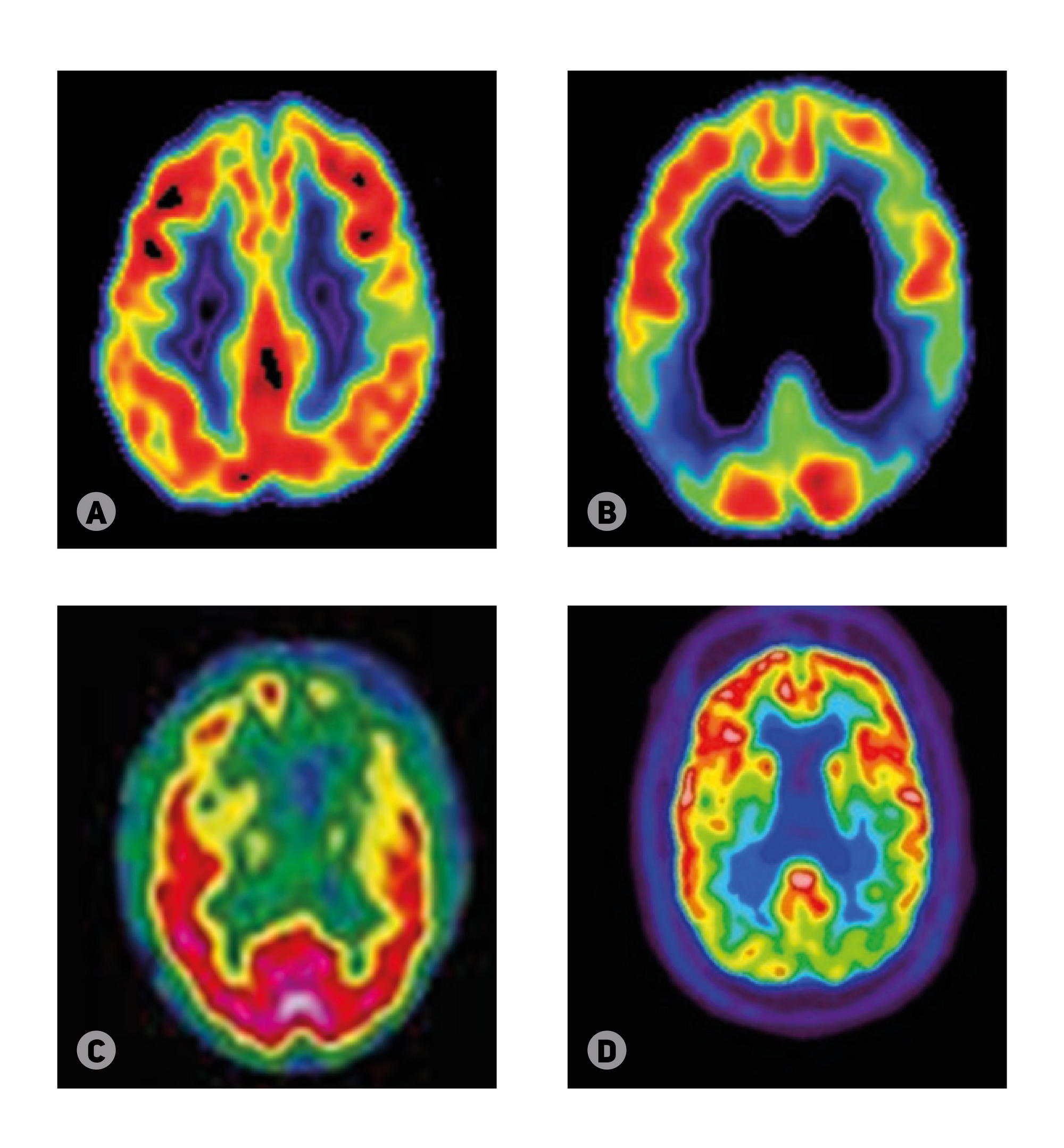
ISSN Print 2500–1094
ISSN Online 2542–1204
Bulletin of RSMU
BIOMEDICAL JOURNAL OF PIROGOV UNIVERSITY (MOSCOW, RUSSIA)

1 Department of Radiology, Biomedical Faculty,
Pirogov Russian National Research Medical University, Moscow, Russia
2 Hospital for incurable patients – the Scientific Medical and Rehabilitation Center, Moscow, Russia
3 Department of Radionuclide Imaging,
Central Clinical Hospital of the Russian Academy of Sciences, Moscow, Russia
Correspondence should be addressed: Anton Kondakov
Litovsky bulvar, d. 1a, Moscow, Russia, 117593; moc.liamg@k.a.vokadnok
